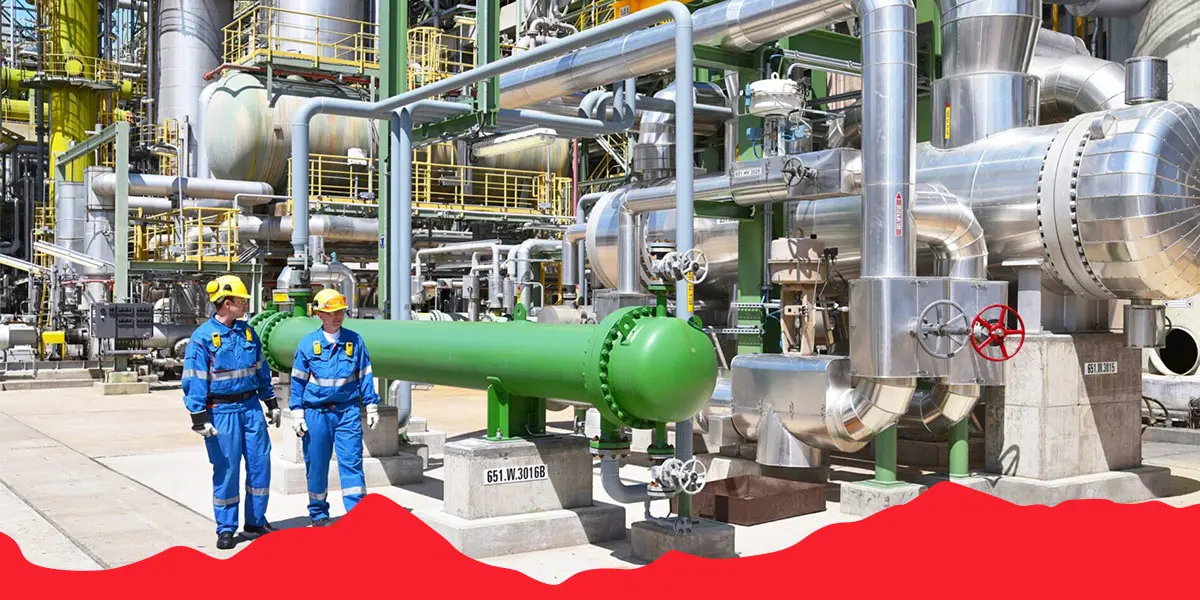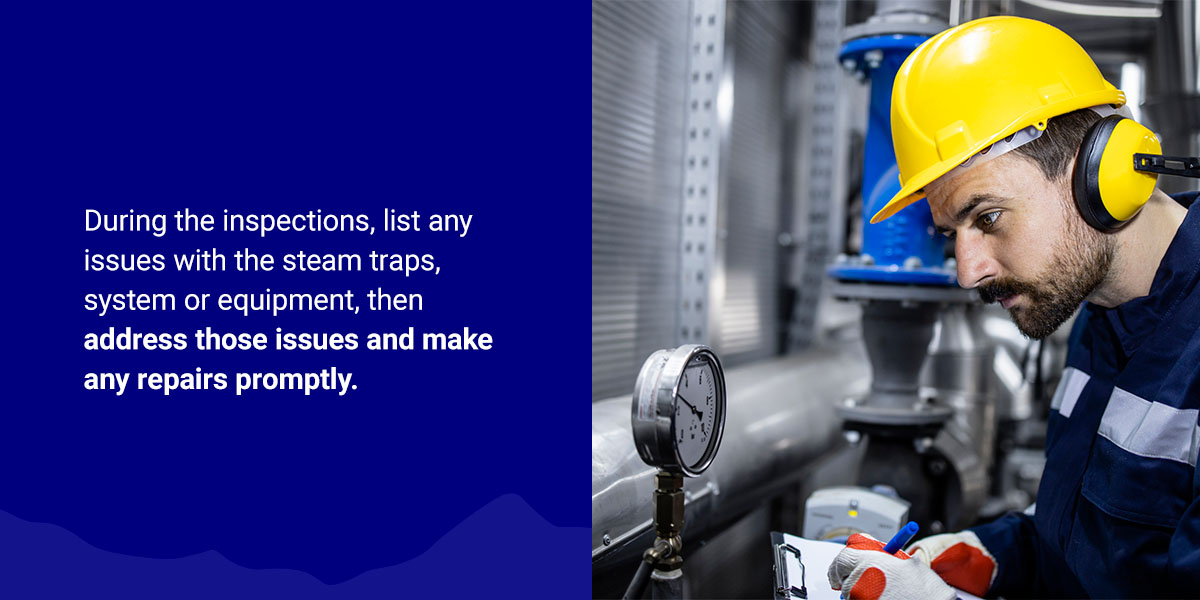- Contact Us
- Call Us
- Menu

Plants and factories must prioritize winterization of their steam systems to prepare for freezing temperatures. These steps help protect your system, prevent condensate-related issues and decrease the risk of costly downtime. Learn how to prepare a steam system for cold weather this winter, including common issues among steam traps and the benefits of preparing well ahead of time.
There are a few issues that are common in colder months, including:
Failing to properly prepare steam traps for winter can result in consequences that affect a plant’s operations, such as:
Follow this guide to implement winterization for steam systems and keep your factory or plant on track this winter.
Conducting inspections on a regular basis ensures that issues are caught before they lead to malfunctions and system failure. Create a checklist of equipment to inspect, including pumps, pressure valves and strainers. It’s important to examine these components for any leaks, wear, damage, cracks or debris and residue.

Proper maintenance before winter limits the need for costly replacements and downtime throughout the year. During the inspections, list any issues with the steam traps, system or equipment, then address those issues and make any repairs promptly.
Complete the following steps as part of a steam system maintenance and cleaning checklist:
Insulation covers the surface area of the steam trap, maintaining the required heat to ensure proper flow. One example is removable insulation blankets and covers. These solutions reduce energy waste and keep the boiler running efficiently. It’s important to insulate the pipes, valves and relevant steam traps.
In some manufacturing factories and process plants, the steam pipes are located on the exterior of the building. Exposure to the elements means the surface must be covered to prevent heat loss, energy waste and condensation. Common exterior insulation materials include aluminum, plastic and sheet metal.
Heat or steam tracing is another way that factories can prep their steam system for freezing weather. This method involves an external heat source placed on the surface of the pipeline. The heat source can be either electricity or steam. It maintains the heat and flow of the process pipe to ensure flow and reduce the chance of frozen condensate.
Since condensate in the steam system is at risk of freezing up, drain the condensate when necessary. It’s also essential to drain steam systems not in use to prevent long-term damage.
The steam trap is used to remove condensate from the steam system. The best practice is to place the steam trap at the lowest point of the steam system, where condensate accumulates. Consider adding a steam system pump to assist in removing condensate. It repumps the condensate, allowing for reuse in the boiler or other locations.
Clients can acquire the assistance of an expert to survey their steam system. Reliable experts can check leaks, damage and equipment such as steam traps. They can also provide advice and solutions to help plant managers make the necessary improvements to their operations.
Proper winterization of a steam system provides multiple advantages:
MSEC stocks steam specialties that help factories and plants maintain their steam systems. MSEC supplies steam traps that discharge condensate within a steam system. Valve regulators assist in regulating the pressure in the pipe that can cause damage and impede productivity.
The MSEC team offers custom options that align with each customer’s unique applications. They partner with industry-leading brands to ensure clients receive top-quality, trusted products. MSEC also performs surveys to inspect the steam system and offer cost-effective adjustments.
MSEC serves clients that require dependable steam specialties to reduce operational costs and streamline efficiency. Complete the contact form today to learn more about how MSEC can help enhance industrial or commercial operations.